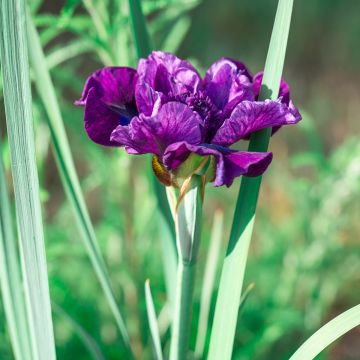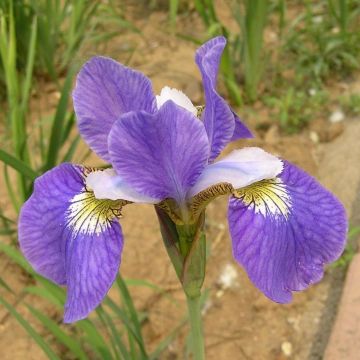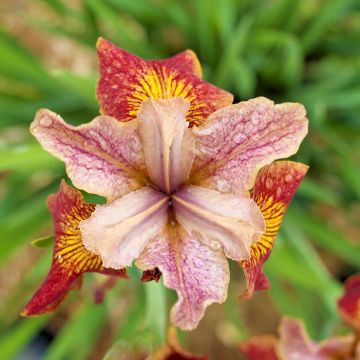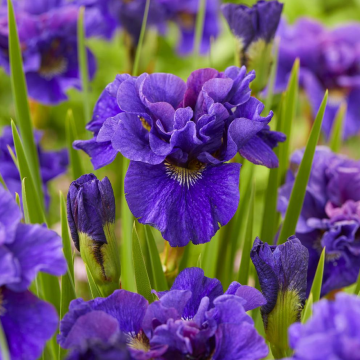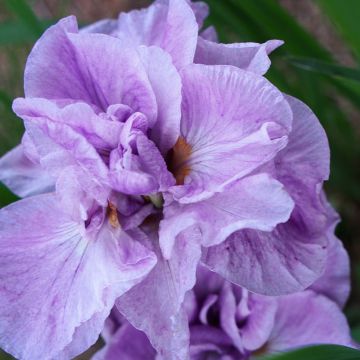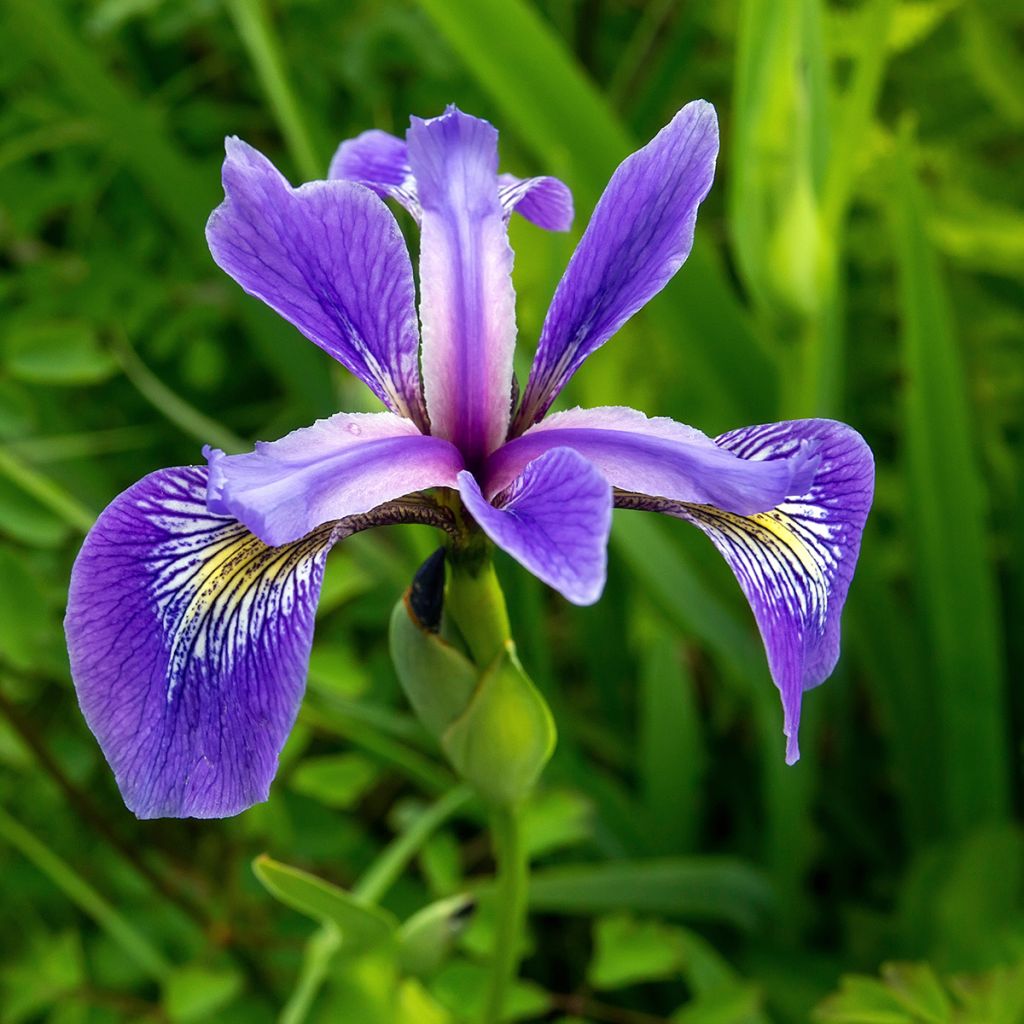

Iris versicolor - Water Iris
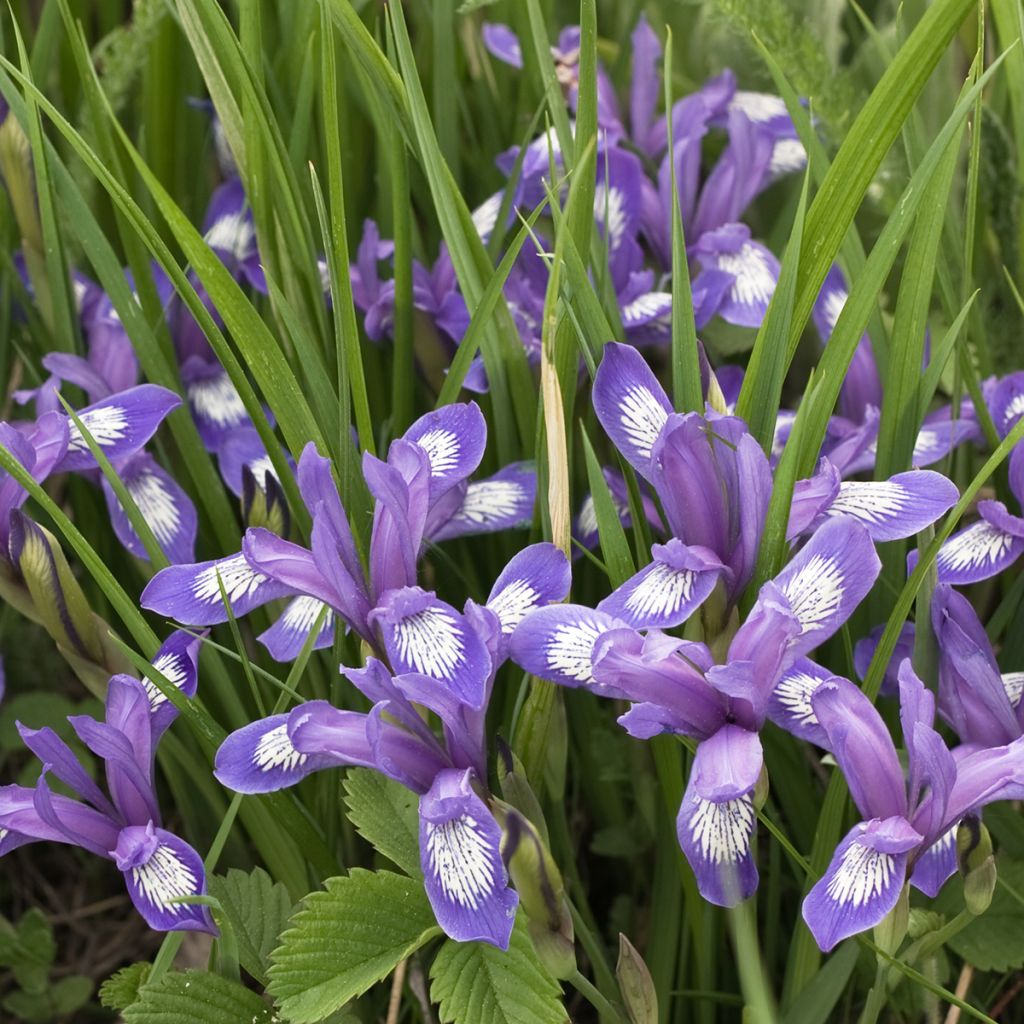

Iris versicolor - Water Iris


Iris versicolor - Water Iris
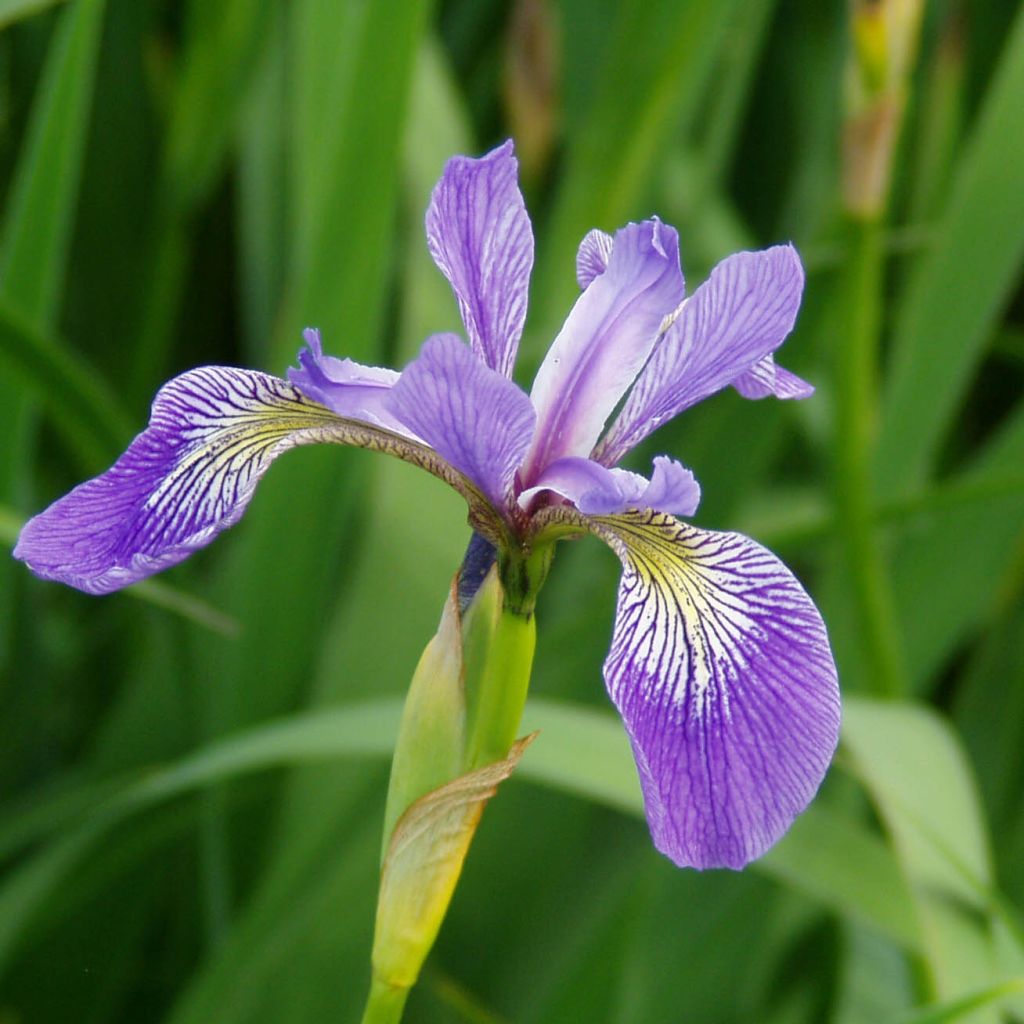

Iris versicolor - Water Iris
Iris versicolor - Water Iris
Iris versicolor
Blue Flag, Boston Iris
One of these two Iris arrived completely rotten... for the second one, I'm waiting for it to recover.
Olivier, 14/03/2022
This item cannot be shipped to the selected country
Delivery charge from €5.90
More information
Schedule delivery date,
and select date in basket
This plant carries a 12 months recovery warranty
More information
We guarantee the quality of our plants for a full growing cycle, and will replace at our expense any plant that fails to recover under normal climatic and planting conditions.
From €5.90 for pickup delivery and €6.90 for home delivery
Express home delivery from €8.90.
Does this plant fit my garden?
Set up your Plantfit profile →
Description
Iris versicolor, native to marshes and waterlogged meadows in eastern North America, is one of the most beautiful plants for ornamental wetland areas, although it can tolerate slightly drier soils where it will show reduced growth. Its spring flowers, with variable colours, are distinguished by their refined, almost heraldic, lines and attractive shades of purple-violet to bluish, tinged with brown and illuminated by a white-streaked yellow throat. They stand out beautifully against a dense clump of narrow, vibrant green foliage. It is a very hardy and low-maintenance perennial, ideal for slightly wild areas of the garden.
Iris versicolor is an herbaceous perennial plant with trailing rhizomes from the Iridaceae family, native to waterlogged areas in southeastern Canada, from Labrador to Virginia. The plant forms initially erect, then spreading, fairly dense clumps, reaching heights of 60 to 90cm (24 to 35in), with no theoretical limit to their lateral spread. Its long lanceolate leaves, shaped like a sword and folded along the central vein, are often tinged with red at the base. The flowering takes place in spring, from May to July. Slender stems emerge from the foliage. Sometimes branched at their tips, they bear 3 to 5 flowers, 5 to 7cm (2 to 3in) in diameter, which are quite flat. Each flower, forming a sort of cross, is composed of 6 floral parts: 3 narrow and spatulate style petals overtop 3 horizontal petals, which are much wider and well-separated. These highly nectar-rich and honey-producing flowers only live for 48 hours, but they are vividly and sumptuously coloured, and are formed abundantly on well-established plants. The fruit is a capsule that opens into 3 compartments containing seeds that are dispersed by water.
With its long vertical leaves and highly sculptural flowers, Iris versicolor adds height and structure to flower beds. It can be planted in large masses or in small clusters (which will spread) along moist banks, or even in large perforated pots with their base submerged in a pond. It can also be integrated into perennial flower beds that, like it, appreciate heavy and moist soils: willows, sedges, gorses, marsh spurge, persicarias, Joe-Pye weeds, or the magnificent Caffre lily (Schizostylis coccinea 'Major'), which blooms in late summer.
This iris is the official floral emblem of Quebec. It is also a medicinal plant with proven properties, widely used in homeopathy and herbal medicine to relieve heartburn and ophthalmic migraines. Its use is strictly reserved for professionals.
Report an error about the product description
Iris versicolor - Water Iris in pictures


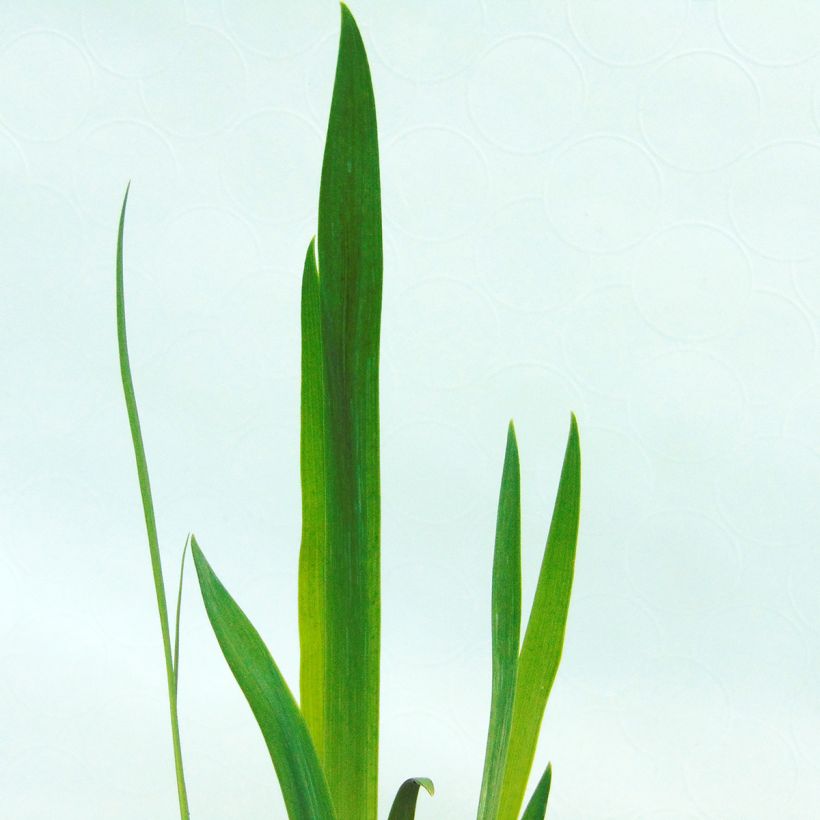



Flowering
Foliage
Plant habit
Botanical data
Iris
versicolor
Iridaceae
Blue Flag, Boston Iris
North America
Other Siberian Iris
Planting and care
It is primarily a perennial of marshy, moist to soggy soil. It tolerates slightly drier garden soil, but its growth will be somewhat reduced. It accommodates partial shade, but much prefers open and sunny locations. It can be planted in open ground or even in a perforated pot, placed in shallow water. When planted in open ground, the plants should be spaced 40cm (16in) apart.
Keep the soil moist if the plant is not submerged. Remove faded flowers. As soon as flowering becomes less prolific or the flowers are visibly smaller, divide the stumps. This is usually required approximately every 3-4 years, as with garden irises.
Planting period
Intended location
Care
-
, onOrder confirmed
Reply from on Promesse de fleurs
Haven't found what you were looking for?
Hardiness is the lowest winter temperature a plant can endure without suffering serious damage or even dying. However, hardiness is affected by location (a sheltered area, such as a patio), protection (winter cover) and soil type (hardiness is improved by well-drained soil).

Photo Sharing Terms & Conditions
In order to encourage gardeners to interact and share their experiences, Promesse de fleurs offers various media enabling content to be uploaded onto its Site - in particular via the ‘Photo sharing’ module.
The User agrees to refrain from:
- Posting any content that is illegal, prejudicial, insulting, racist, inciteful to hatred, revisionist, contrary to public decency, that infringes on privacy or on the privacy rights of third parties, in particular the publicity rights of persons and goods, intellectual property rights, or the right to privacy.
- Submitting content on behalf of a third party;
- Impersonate the identity of a third party and/or publish any personal information about a third party;
In general, the User undertakes to refrain from any unethical behaviour.
All Content (in particular text, comments, files, images, photos, videos, creative works, etc.), which may be subject to property or intellectual property rights, image or other private rights, shall remain the property of the User, subject to the limited rights granted by the terms of the licence granted by Promesse de fleurs as stated below. Users are at liberty to publish or not to publish such Content on the Site, notably via the ‘Photo Sharing’ facility, and accept that this Content shall be made public and freely accessible, notably on the Internet.
Users further acknowledge, undertake to have ,and guarantee that they hold all necessary rights and permissions to publish such material on the Site, in particular with regard to the legislation in force pertaining to any privacy, property, intellectual property, image, or contractual rights, or rights of any other nature. By publishing such Content on the Site, Users acknowledge accepting full liability as publishers of the Content within the meaning of the law, and grant Promesse de fleurs, free of charge, an inclusive, worldwide licence for the said Content for the entire duration of its publication, including all reproduction, representation, up/downloading, displaying, performing, transmission, and storage rights.
Users also grant permission for their name to be linked to the Content and accept that this link may not always be made available.
By engaging in posting material, Users consent to their Content becoming automatically accessible on the Internet, in particular on other sites and/or blogs and/or web pages of the Promesse de fleurs site, including in particular social pages and the Promesse de fleurs catalogue.
Users may secure the removal of entrusted content free of charge by issuing a simple request via our contact form.
The flowering period indicated on our website applies to countries and regions located in USDA zone 8 (France, the United Kingdom, Ireland, the Netherlands, etc.)
It will vary according to where you live:
- In zones 9 to 10 (Italy, Spain, Greece, etc.), flowering will occur about 2 to 4 weeks earlier.
- In zones 6 to 7 (Germany, Poland, Slovenia, and lower mountainous regions), flowering will be delayed by 2 to 3 weeks.
- In zone 5 (Central Europe, Scandinavia), blooming will be delayed by 3 to 5 weeks.
In temperate climates, pruning of spring-flowering shrubs (forsythia, spireas, etc.) should be done just after flowering.
Pruning of summer-flowering shrubs (Indian Lilac, Perovskia, etc.) can be done in winter or spring.
In cold regions as well as with frost-sensitive plants, avoid pruning too early when severe frosts may still occur.
The planting period indicated on our website applies to countries and regions located in USDA zone 8 (France, United Kingdom, Ireland, Netherlands).
It will vary according to where you live:
- In Mediterranean zones (Marseille, Madrid, Milan, etc.), autumn and winter are the best planting periods.
- In continental zones (Strasbourg, Munich, Vienna, etc.), delay planting by 2 to 3 weeks in spring and bring it forward by 2 to 4 weeks in autumn.
- In mountainous regions (the Alps, Pyrenees, Carpathians, etc.), it is best to plant in late spring (May-June) or late summer (August-September).
The harvesting period indicated on our website applies to countries and regions in USDA zone 8 (France, England, Ireland, the Netherlands).
In colder areas (Scandinavia, Poland, Austria...) fruit and vegetable harvests are likely to be delayed by 3-4 weeks.
In warmer areas (Italy, Spain, Greece, etc.), harvesting will probably take place earlier, depending on weather conditions.
The sowing periods indicated on our website apply to countries and regions within USDA Zone 8 (France, UK, Ireland, Netherlands).
In colder areas (Scandinavia, Poland, Austria...), delay any outdoor sowing by 3-4 weeks, or sow under glass.
In warmer climes (Italy, Spain, Greece, etc.), bring outdoor sowing forward by a few weeks.


































